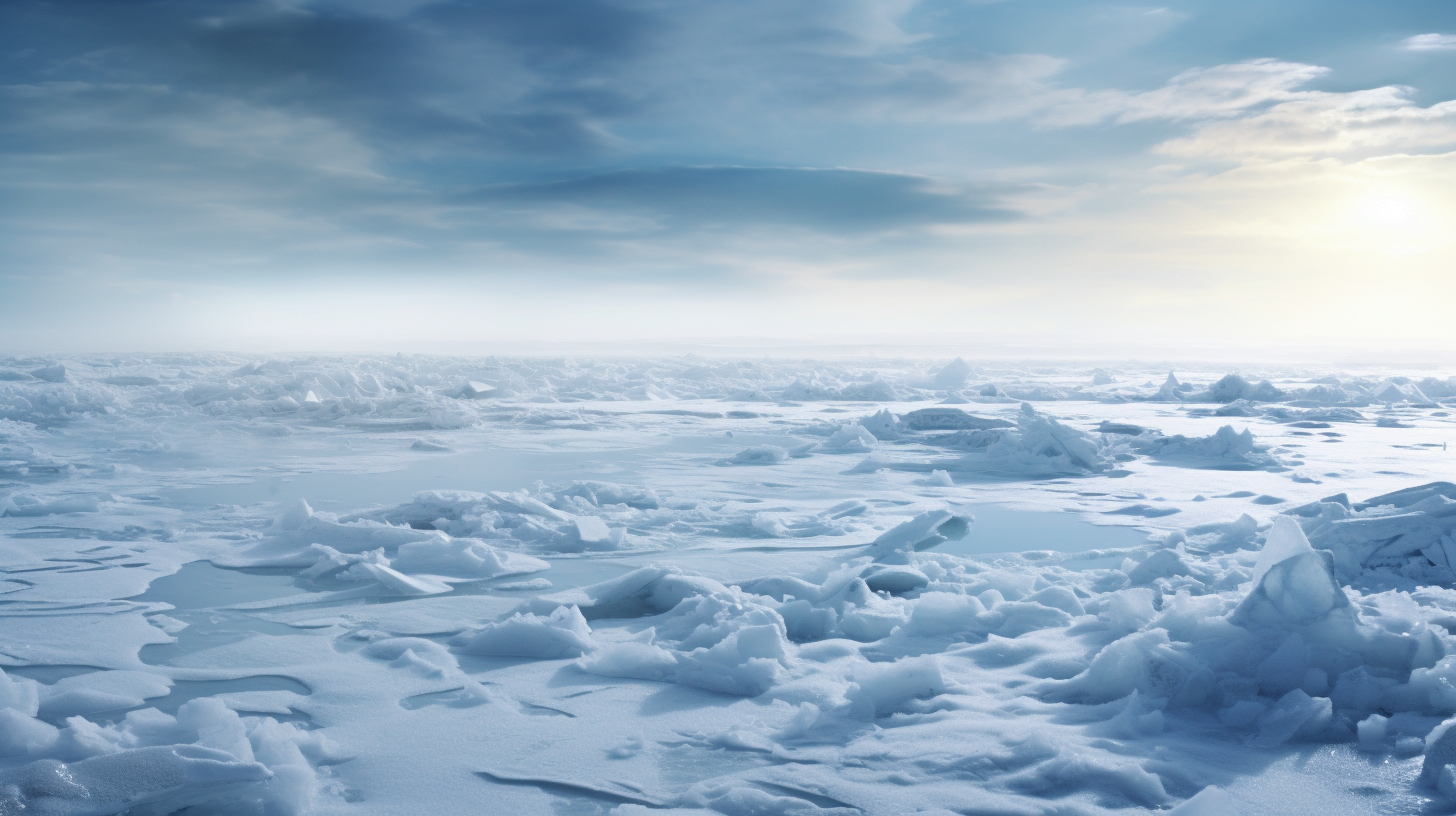In an era where the north whispers tales of relentless warmth, our tundra—a once ice-clad fortress—now sweats under the fever of climate change. This is the paradox of our time, a bitter twist of heat where there should be none, a distortion of a world unrecognizable to the annals of nature’s diary. Today, we explore what happens when the perennially frozen earth relinquishes its icy grasp, exposing the ancient tombs of trapped carbon and awakening microbes long-thought dormant.
The Arctic’s permafrost has been a stoic sentinel, clutching countless secrets in its frosty paws, but today’s eschatological thaw narrates a different story—a grim prelude to an ecological opera wrought with unknowns. Imagine vast stretches of once-even ground morphing into a mire of thermokarst lakes and drunken forests, trees that lean in haphazard angles as the ground collapses beneath them—the land in literal inebriation.
‘The lifeblood of the poles now turns against its very own,’ bemoans Dr. Yurovski, a leading climatologist. The meltdown bleeds mercury and an array of pathogens into the waterways, poised to poison the intricate networks of life which dared to stake claim upon this tundra. Our attention is drawn to the mammoth, not the long-extinct beast, but the voluminous release of methane—a greenhouse gas far more potent than carbon dioxide—that billows into the atmosphere from its thawing remains.
Yet, it’s not merely the invisible gases and microscopic dangers that herald this herald this upheaval. Communities, human settlements that have eeked out a living in these harsh climes, are now facing the dire consequences of permafrost’s betrayal. Homes are sinking, infrastructures strain against the shifting earth, and the once-reliable highways of ice are now treacherous passages that swallow vehicles whole.
Even as this may seem like a distant requiem, a far-flung nightmare of the poles—our previous narrative in ‘Frozen Horror: Requiem for the Poles’—the truth is that this change holds the global stage. Scientists warn of a feedback loop, where the warming emboldens itself in a chilling affirmation of our infernal actions.
Then there’s the surreal aspect of ancient diseases—prehistoric plagues—long encapsulated, now threatening to break viral chains of dormancy. ‘We are but a shovel away,’ states Dr. Yurovski, ‘from unearthing pandemics of the past.’
In the midst of this sweltering irony, we bear witness to survival’s uncanny penchant for adaptation. Flora and fauna, in a desperate act of evolutionary impulse, shift their ranges northwards—our last living frontiers are being redrawn by the minute. And though mute, the message is irrefutably clear—the trembling balance of life is teetering on an edge of its own making.
One must question – in this bleak panorama where the fevered tundra coughs up its own ruinous legacy, do we find the resolve to acknowledge the dire warnings it presents? Or do we turn a blind eye, and treat it as another tale spun for the dystopian appetite?
The paradox of the thawing ice stands as a testament to our own duality. It forces an introspection—are we the erudite sentinels of the natural world or are we but trespassers, too late to mend the web we have unraveled?
In closing, Dr. Yurovski offers a somber reflection, ‘The earth does not need us, we are but fleeting guests… its revenge albeit slow, is irrevocable.’ The fevered tundra rests, a patient undergoing too many surgeries, its monitors flicker—will it flatline or stabilize? That, dear readers, remains to be seen.
